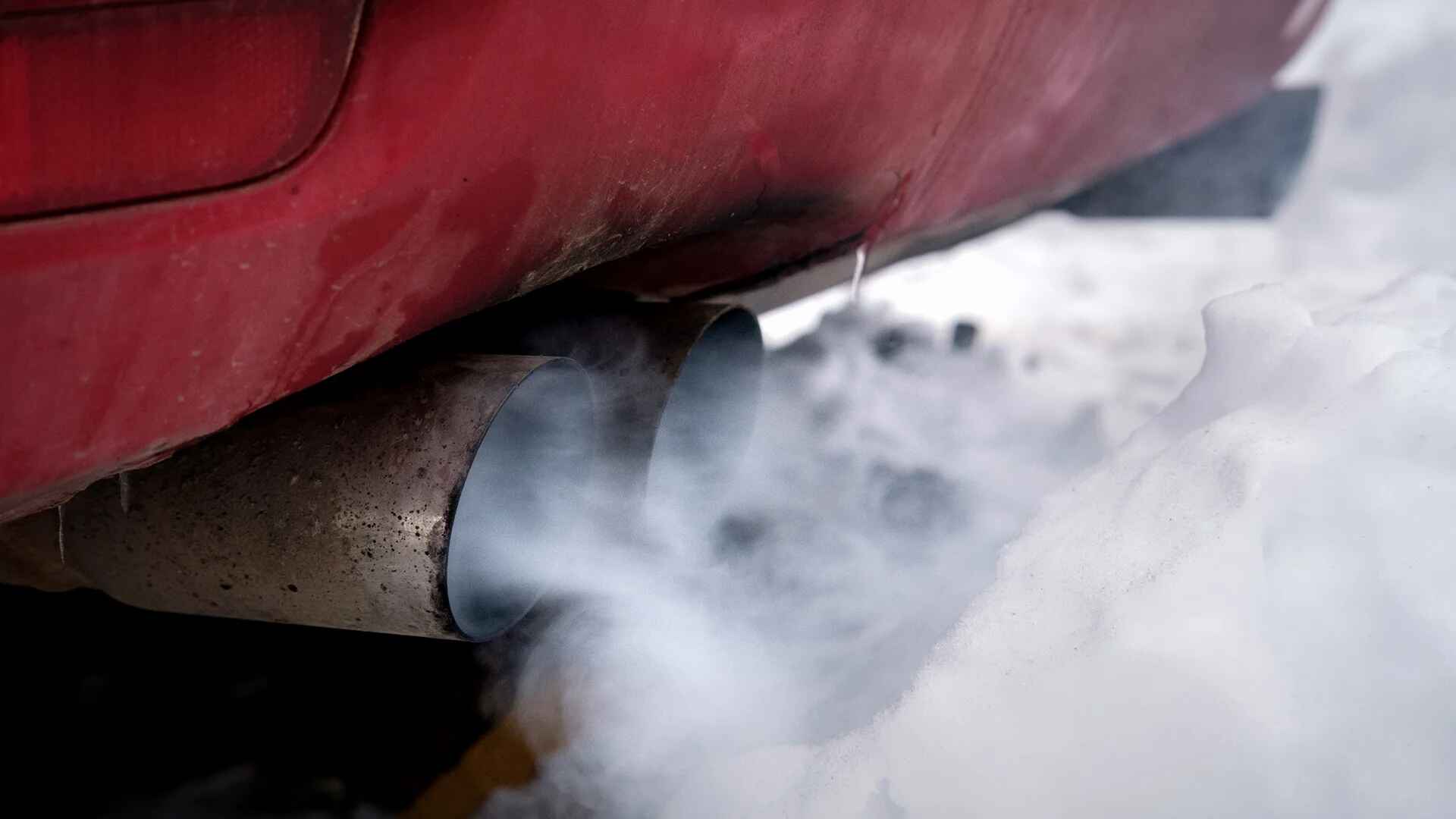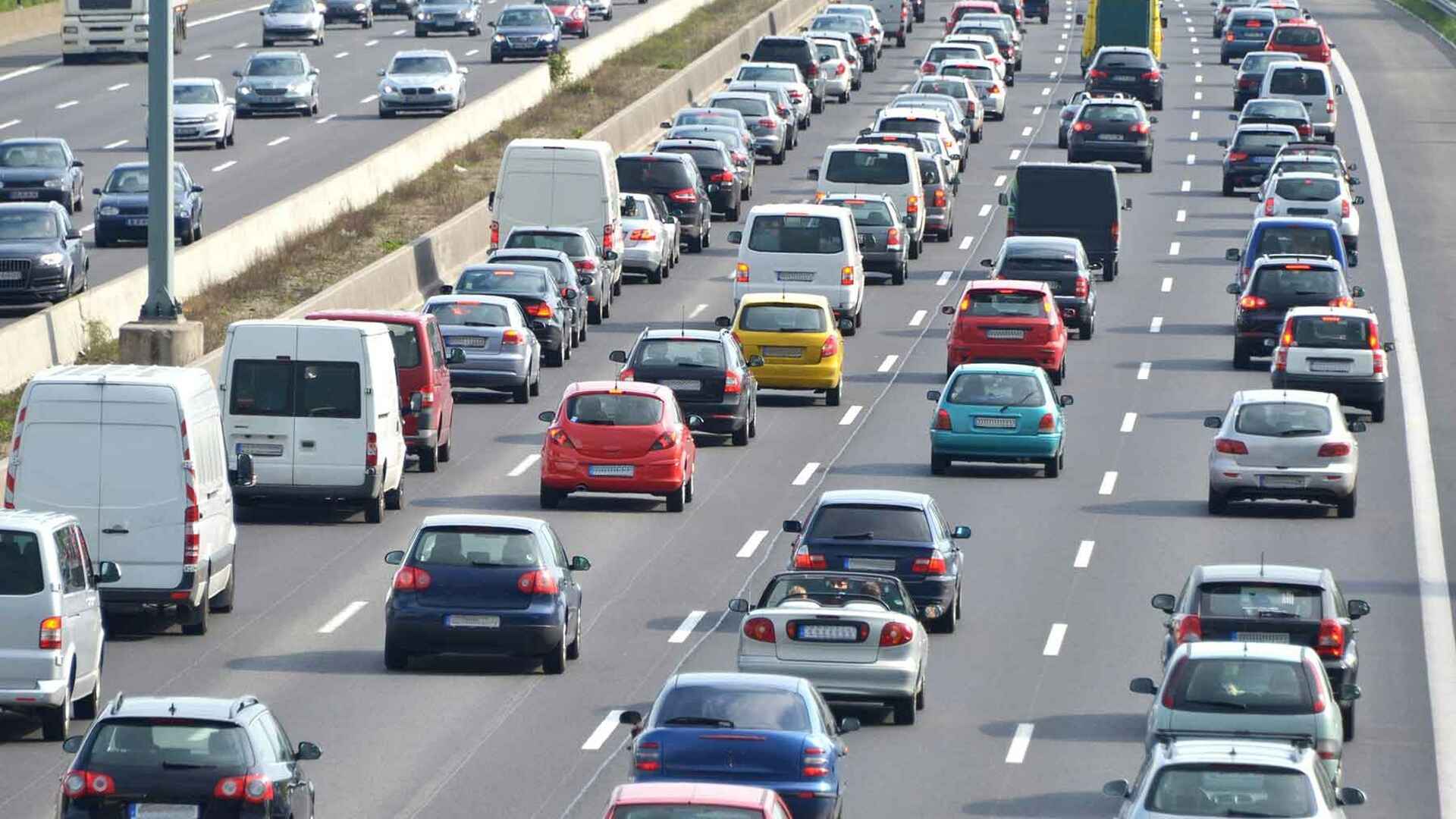Europe has taken a significant step towards implementing the new Euro 7 emissions regulations, albeit with revisions that reflect industry concerns. The European Parliament has approved the updated regulations, aligning them closely with existing standards, following resistance from automakers.
The adoption of the new Euro 7 regulations, with 297 votes in favor, 190 against, and 37 abstentions, maintains the Euro 6 test conditions and exhaust emissions limits for passenger cars and vans. However, stricter limits will be imposed on buses and trucks, alongside new brake particle emissions limits for cars and vans.
Moreover, electric and hybrid cars will be subject to minimum performance requirements for battery durability, and tires must meet specific abrasion rates for approval.
A notable addition is the requirement for all vehicles to have an environmental vehicle passport (EVP), providing a digital overview of their environmental impact.
Reuters reports that these regulations will apply to cars and vans from July 2030 and to buses and trucks from July 2031, pending final formal approval from European Union member nations.

European Parliament member Alexandr Vondra emphasized the importance of balancing environmental objectives with the interests of manufacturers, aiming to ensure the affordability of internal combustion engine cars while facilitating the industry’s transition.
The Euro 7 standards mark the latest evolution in Europe’s emissions regulations, tracing back to Euro 1 in 1992. Initially proposed in 2022, the stricter Euro 7 standards aimed to enhance testing protocols and harmonize emissions limits for petrol and diesel cars.
However, industry concerns, including cost implications and the focus on electric vehicle transitions, led to the adoption of a revised version, maintaining the Euro 6 standards for petrol and diesel passenger cars and vans.
The decision reflects a delicate compromise between environmental goals and industry realities, underscoring the complexities of transitioning towards cleaner transportation in Europe.

